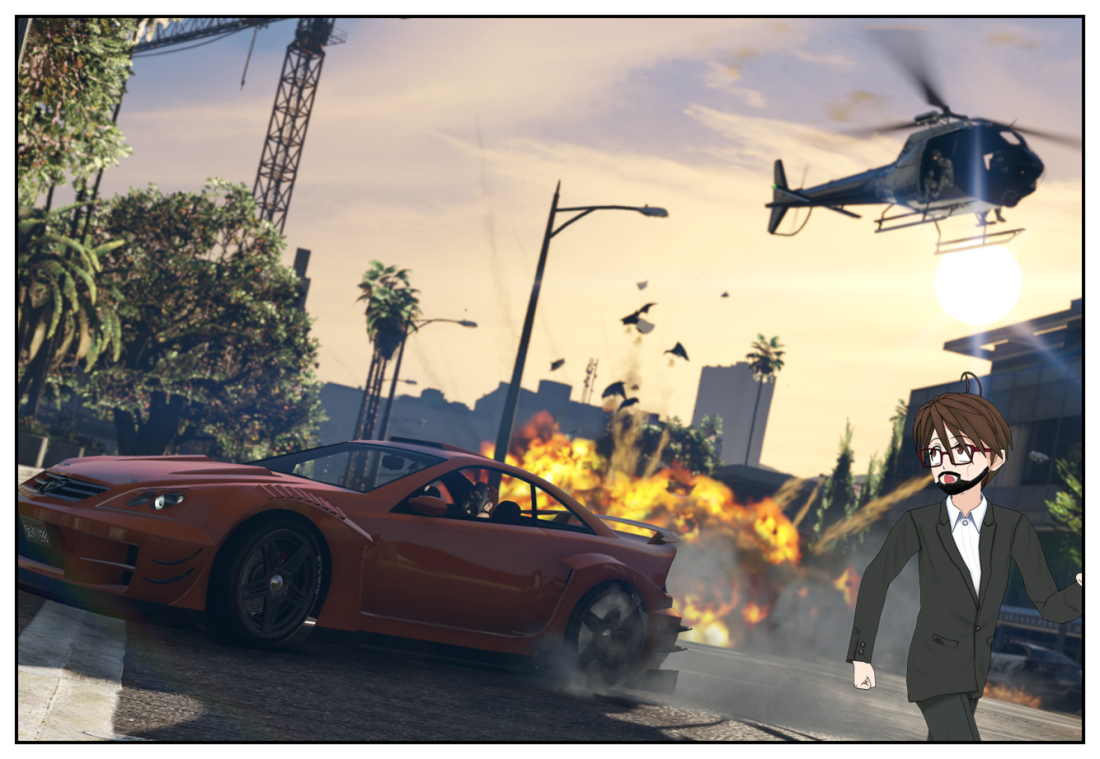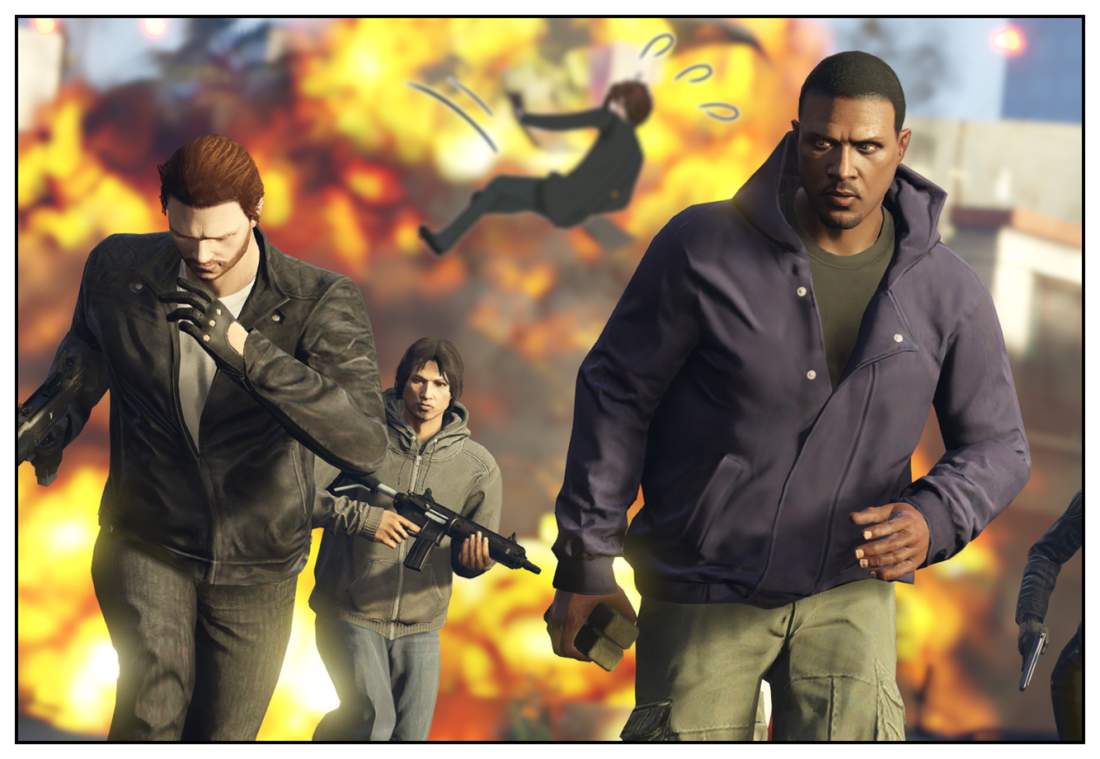
There are few things in this world that are simultaneously quite as amazing and quite as shit as Rockstar’s Grand Theft Auto Online.
Every few months, I boot it up to see what’s been added, and there’s always been some pretty significant new content bolted on for free since I last tried. I get excited to try it, maybe even actually get to try it… and then before long I remember why I’m not playing Grand Theft Auto Online all day every day.
The most recent additions to the game — or new to me, anyway — are the Stunt races and the Motorcycle Clubs. The former provides a series of TrackMania-esque building blocks for track designers to construct physically improbable/impossible tracks using the game world as a backdrop, while the latter offers a new means of progression for small groups of up to eight players.
I haven’t yet raised enough money to purchase a hideout for a Motorcycle Club yet, which is why I was doing the Stunt Races — conveniently, there’s a trigger point for one right outside my in-game apartment. And I’ve been having an absolute blast participating in these races, which make the best of Grand Theft Auto’s exaggerated vehicle physics with lots of jumps, switchbacks, corkscrews and all manner of other funtimes — plus, of course, the inevitable playing dirty that tends to come with the territory.
This was all absolutely great until the “host” of the session either went away from their keyboard or crashed, leaving their game logged in but not responding. Not only did this mean that we had to wait a long time between every event because the host wasn’t there to manually press the “start event” button, but it also meant that at the end of one session in particular, everyone was left stuck as the results screen with no means of leaving the event or quitting back to the free-roaming mode short of completely quitting the game altogether then logging back in again. And with Grand Theft Auto V’s astronomical initial load time, this is not a particularly appealing prospect.
I’ve run into this problem before, and I’m surprised it hasn’t been fixed. Actually, no I’m not, because Grand Theft Auto Online is still missing a variety of features that a lot of other online games have had for a very long time.
Chief among the missing features is a “party” system whereby you and other players can form a group that sticks together, regardless of whether you’re doing events or free-roam stuff. The game does keep people from the same event together if they vote to continue on to a new map, but if anyone chooses to exit to free-roam mode, they’re immediately separated from all of the people they were just playing with.
Couple this with the fact that setting up a “friends only” game is a faff and a half, involving booting up Grand Theft Auto V’s single-player game, then entering Grand Theft Auto Online from there — there’s no means of starting a “friends only” session once you’re already in Grand Theft Auto Online — and you have an online experience that is a real mess, particularly if you want to play with friends. And for those who think what I just described isn’t a particular faff, you obviously haven’t endured GTAV’s load times.
It’s kind of baffling how these features simply haven’t been added to the game since it was launched, because I can’t be the only one keenly feeling their absence. And it’s frustrating, because the activities on offer in Grand Theft Auto Online are many, varied and a whole lot of fun. It’s just such a monumental pain to get it working properly that I often give up out of sheer exasperation rather than wanting to stick with it.
GTA Online should be an absolute masterpiece. And it has the potential to be just that. But short of a fundamental revamp of how the whole online functionality works, it’s doomed to remain an admirably fun and varied, yet ultimately frustrating and irritating experience that, for my money at least, often ends up feeling like more trouble than it’s worth.
